10 stunning space missions you've never heard of
From exoplanets and a lunar base to aurora and aliens on Enceladus
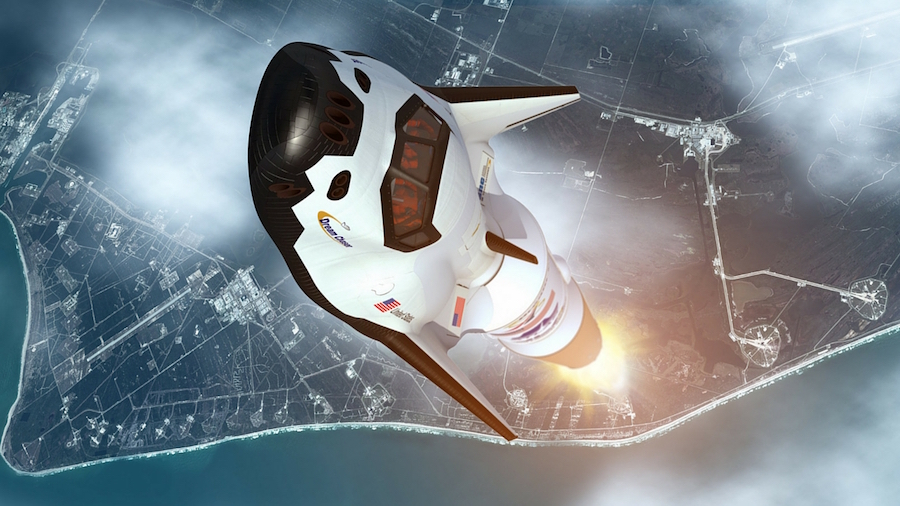
Introduction
2015 has been a great year for space exploration. Astronomers landed the Philae probe on a comet, the Mars Reconnaissance Orbiter found water, and we got our first-ever photographs of dwarf planets Pluto and Ceres. But scientific firsts like these don't just happen. They're planned many decades in advance. From studying the Northern Lights and searching for life on one of Saturn's moons, to putting a base on our Moon and Europe's first trip to Jupiter, here's what's confirmed for the next decade – and it's not just NASA.
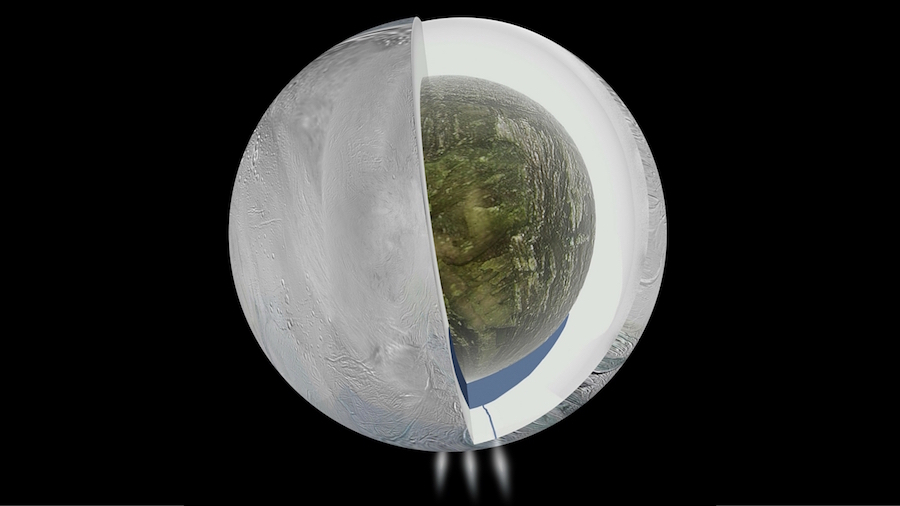
ELF: life on a Saturn moon?
Arguably the hottest topic in astronomy is astrobiology, despite it being purely theoretical. The hunt for life in the solar system is focusing on Jupiter's moon Europa, and Saturn's sixth-largest moon Enceladus, with the latter the target of NASA's mooted Enceladus Life Finder (ELF) mission for 2021.
The plan is to whizz through the 100 or so geysers of water shooting out of the moon's south pole that have been detected by NASA's Cassini probe; if they're linked to the theorised under-ice ocean, those jets could harbour organic material such as amino acids, fatty acids, and methane. The alternative? Land on Enceladus and drill through 20km of ice. Err…
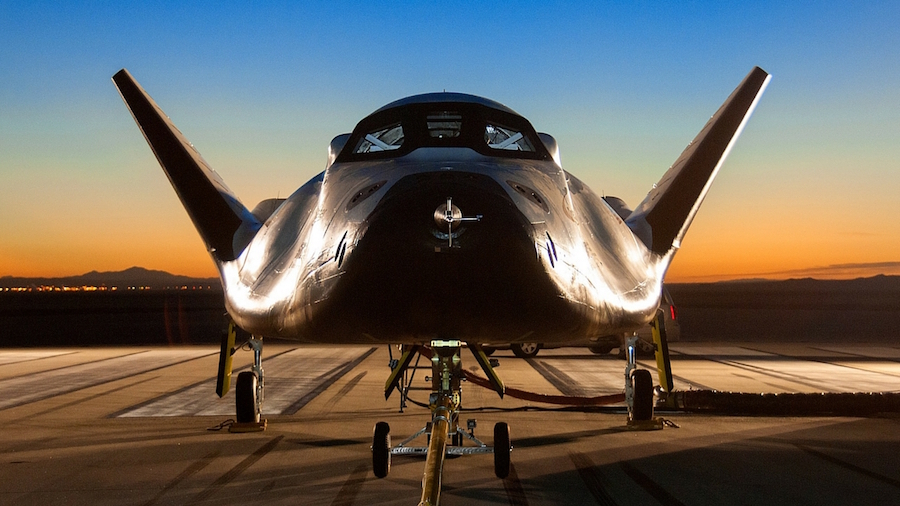
Dream Chaser: the new (smaller) Space Shuttle?
Still crying over the Space Shuttle? You won't be when you see Sierra Nevada Corporation's US$330 million Dream Chaser, which is scheduled to make its debut flight in 2016. Designed to launch on the back of an Atlas V rocket, it looks like a smaller version of the Space Shuttle and it can even land on an airport runway, but Dream Chaser could soon pioneer quick-turnaround commercial human spaceflight.
Designed for NASA as a space vehicle for transporting astronauts to and from low Earth orbit – possibly from 2017 – the Dream Chaser can take up to seven crew, and uses an on-board hybrid rocket system. Flight testing resumes next year after a crash in 2013.
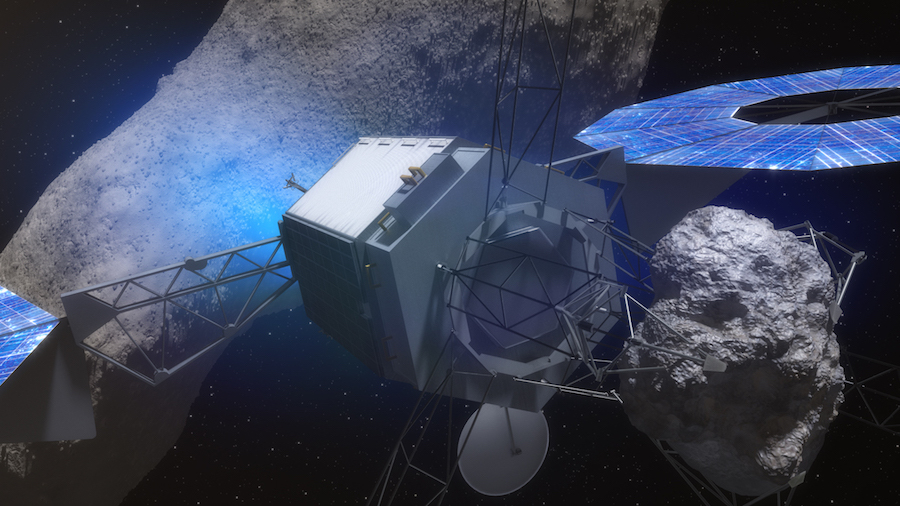
ARM: a test-bed for a manned mission to Mars
Probably the highlight of the next decade for NASA is its Asteroid Redirect Mission (ARM), a daring attempt to visit a near-Earth asteroid (NEO), snag a boulder, and put it into orbit around the Moon in the 2020s for astronauts to explore and take rock samples. However, this seemingly bizarre concept is largely about getting man to Mars in the 2030s.
Tech on test will include the Solar Electric Propulsion (SEP) needed for deep space exploration, Mars-proof spacesuits, and practice at manoeuvring around, away from, and back to the 'cis-lunar' area around the Moon (regarded by NASA as the likely starting block for future deep space missions).
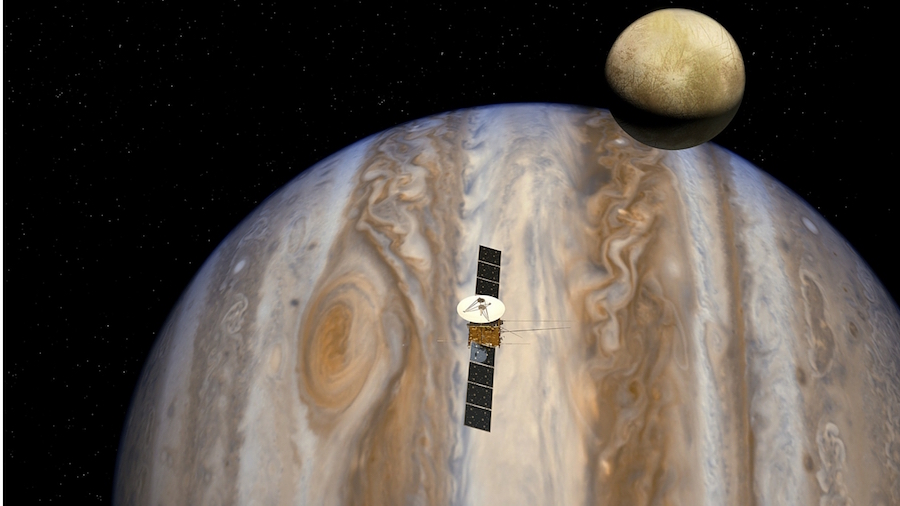
JUICE: Europe meets Europa
Three of Jupiter's Galilean moons – so-called because the Italian astronomer spotted them through his tiny telescope back in 1610 – will be the target for the European Space Agency's (ESA) JUpiter ICy moons Explorer (JUICE) when it launches in 2022.
It won't get there until 2030, but when it does it'll spend three years using cameras, spectrometers, and an ice-penetrating radar to examine the three potentially habitable moons – Europa, Ganymede and Calisto – all of which are thought to contain oceans under ice crusts.
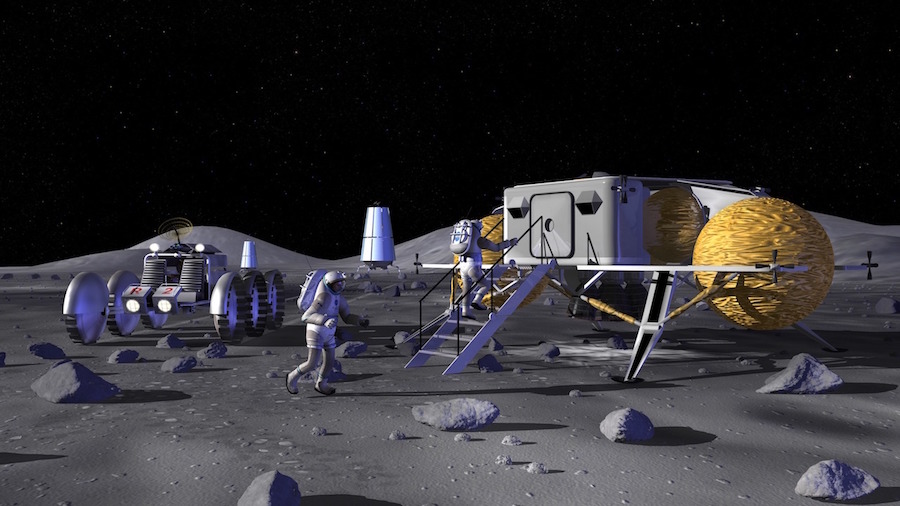
Shackleton Lunar Base: terraforming the Moon
Although there are no firm plans for this one, NASA's Lunar Reconnaissance Orbiter (LRO) has found ice in the aptly-named Shackleton Crater on the Moon's South Pole; the perfect place for robots to terraform and mine for water, hydrogen and oxygen, with the help of solar reflectors to create a 'ring of power'. The idea is now being seriously researched at NASA.
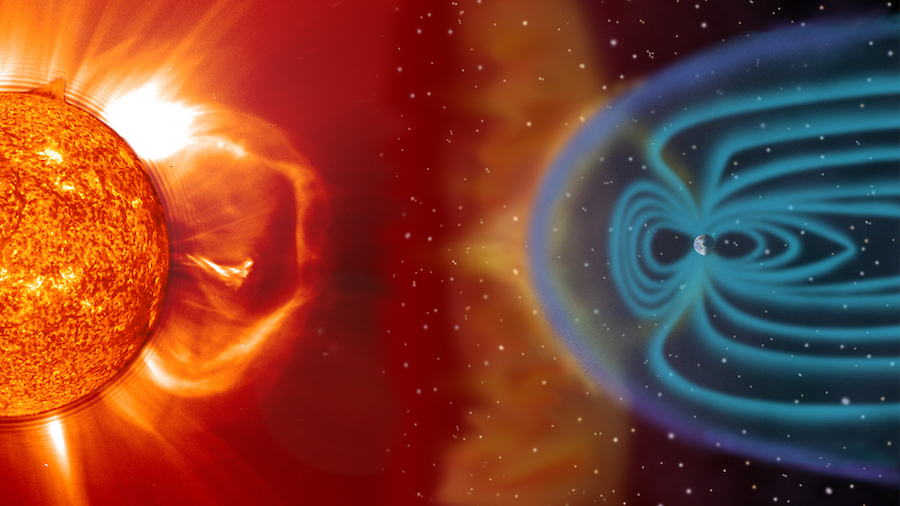
SMILE: predicting the aurora borealis
SMILE (Solar wind Magnetosphere Ionosphere Link Explorer) is jointly led by University College London's Mullard Space Science Laboratory and the Chinese National Space Science Center.
Designated for the end of 2021, SMILE will spend three years monitoring charged particles in the solar wind and how they affect Earth's magnetosphere. It's this so-called 'space weather' that causes the aurora borealis (Northern Lights) and aurora australis (Southern Lights) around the Arctic and Antarctic Circles, respectively.

Chang-e 5: China's return trip to the Moon
Two generations have now watched black and white footage of the Moon landings in awe, and yet still no 21st Century manned lunar missions are planned. But there's still hope. China's Chang-e 5 – Apollo-like in style – is an unmanned Chinese lunar exploration mission set to visit the Moon's near side in 2017, and return a sample to Earth. Just to keep the momentum towards a full manned mission, China is also sending a probe in 2020, this time to the Moon's far side. Might the third attempt be manned?
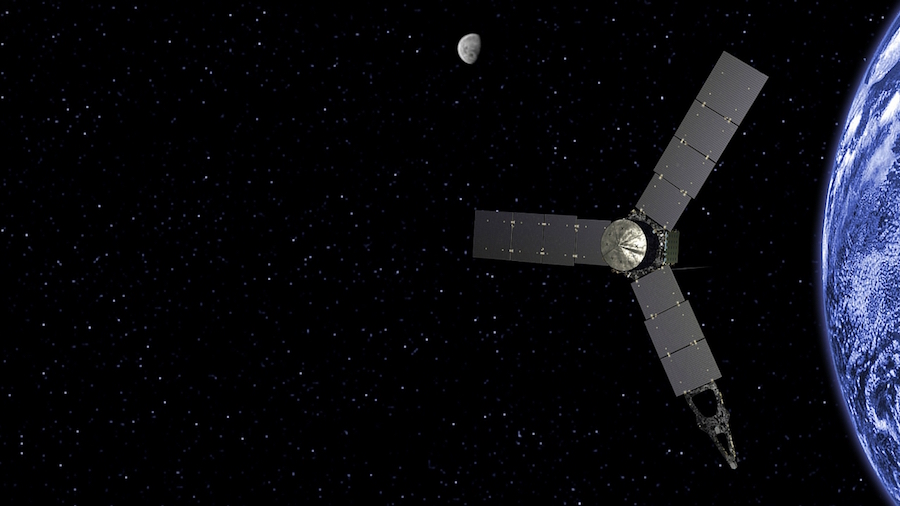
Juno: US Independence Day at Jupiter
What will we all be talking about next summer? Probably Juno, a probe launched four years ago by NASA that is bound for the Jovian system. When it gets there on July 4 next year, it will orbit the planet 32 times to study its atmosphere, magnetosphere, and mostly its interior (the first probe to do the latter).
Two years after its launch, Juno flew by Earth to get a gravity assist, resulting in a huge 8,800 mph boost in velocity. While it passed its home, it shot some stunning video of the Earth and the Moon from 600,000 miles out.
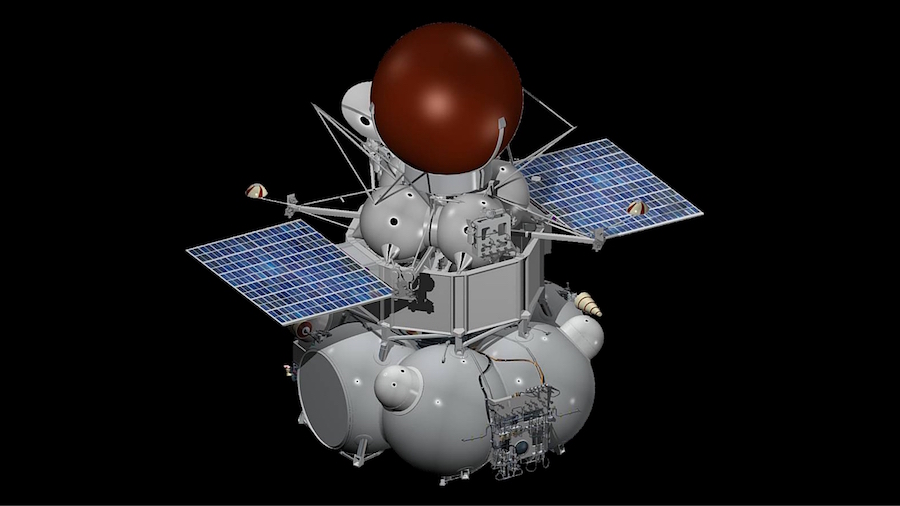
Venera-D: studying the greenhouse effect
Single-nation space projects are becoming rarer, as shown by the possibility of this joint US-Russian mission to Venus after 2025. Although US sanctions on Russia because of the Ukrainian political situation have interrupted it, NASA and Roscosmos are now in talks to launch a probe called Venera-D, which is designed to investigate the surface and atmosphere of Venus. Why? It's similar to the Earth, so its evolution, and how its 'greenhouse effect' works, could be highly relevant to what happens in our future. Russia has history with Venus: back in 1982 one of the Soviet Union's many Venus-bound probes, Venera 13, transmitted the only colour photos that exist of the planet's surface.
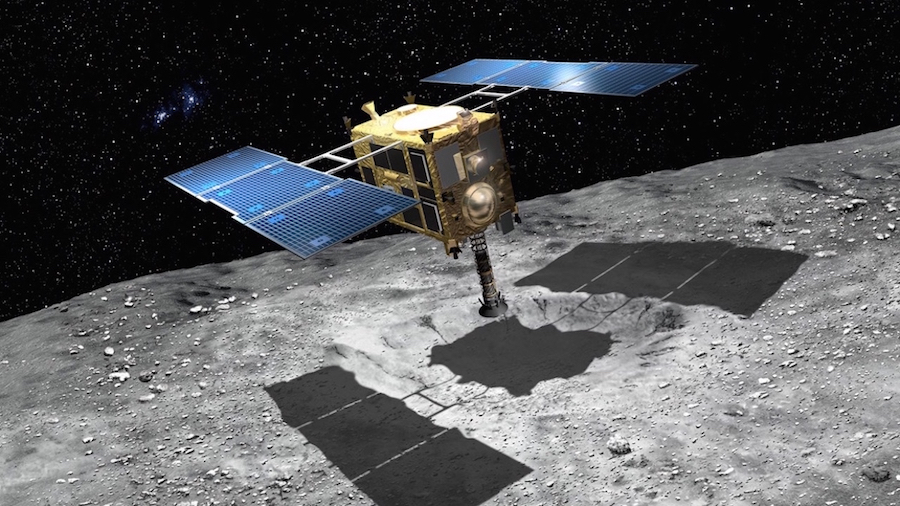
Hayabusa 2: Japan's asteroid return mission
Japanese space agency JAXA has already launched Hayabusa 2, which will dispatch a lander onto asteroid 1999 JU3 midway through 2018. The MASCOT lander will then smash a hole in the surface and scoop up rock samples, which it will return to Earth by December 2020.
NASA's similar attempt, OSIRIS-REx (Origins, Spectral Interpretation, Resource Identification, Security, Regolith Explorer), will launch next September to visit the Bennu asteroid, and send back a capsule of rock samples that's due to touch down in Utah in 2023.

Jamie is a freelance tech, travel and space journalist based in the UK. He’s been writing regularly for Techradar since it was launched in 2008 and also writes regularly for Forbes, The Telegraph, the South China Morning Post, Sky & Telescope and the Sky At Night magazine as well as other Future titles T3, Digital Camera World, All About Space and Space.com. He also edits two of his own websites, TravGear.com and WhenIsTheNextEclipse.com that reflect his obsession with travel gear and solar eclipse travel. He is the author of A Stargazing Program For Beginners (Springer, 2015),